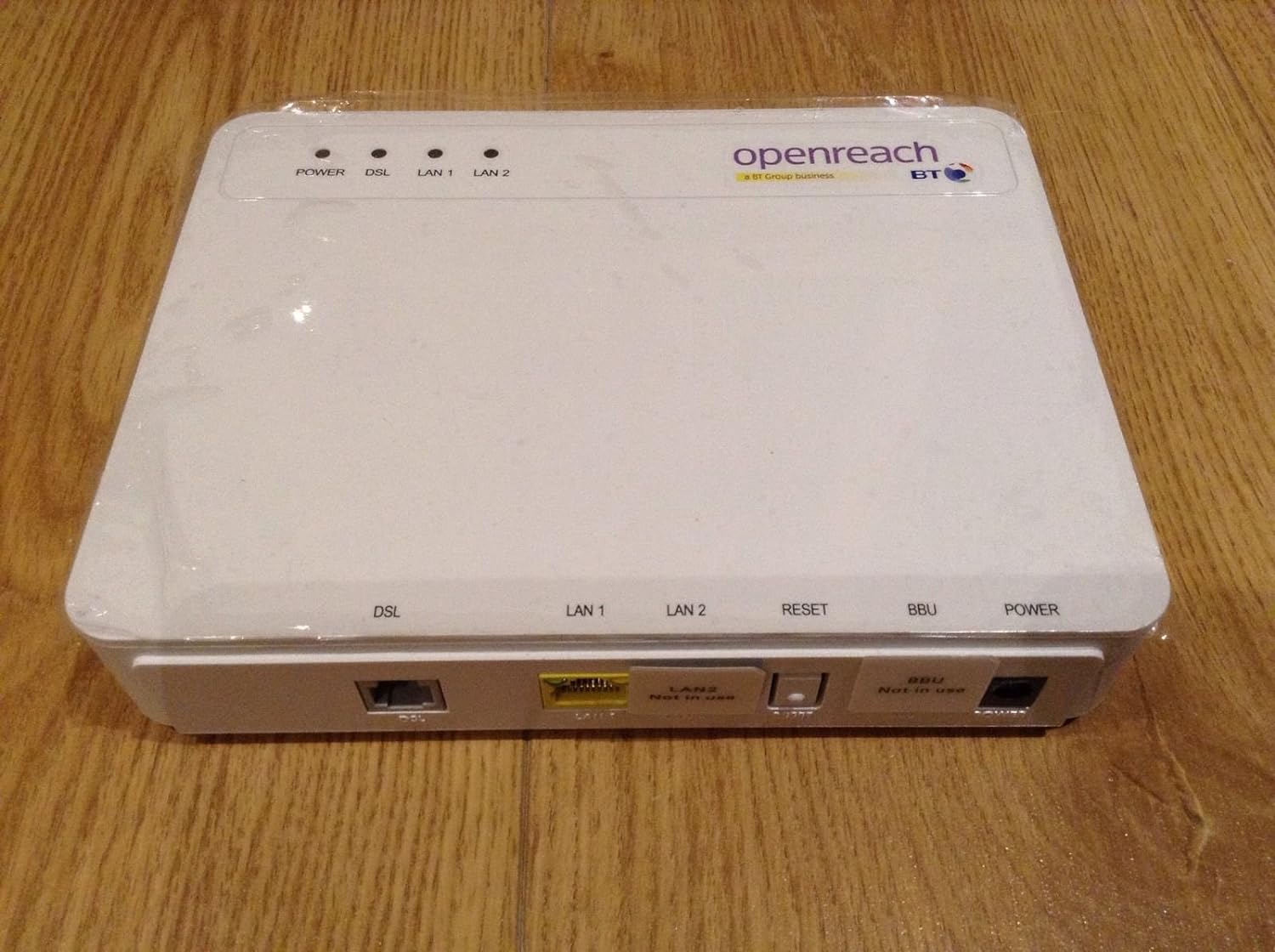Having trouble with your laptop not detecting your WiFi network? Let’s troubleshoot the issue together.
Enable WiFi and WLAN AutoConfig Service
To troubleshoot a laptop not detecting a Wi-Fi network, you may need to enable the Wi-Fi and WLAN AutoConfig Service. First, make sure that your wireless network adapter is enabled. You can do this by pressing the Fn key on your computer keyboard along with the designated key for enabling Wi-Fi (usually F2 or F12).
Next, check if the WLAN AutoConfig Service is running on your Windows operating system. Press the Windows key + R to open the Run dialog box, then type services.msc and hit Enter. Look for the WLAN AutoConfig service in the list and make sure it is set to Automatic and is Running.
If the service is not running, right-click on WLAN AutoConfig and select Start. If the service is set to Manual, you can change it to Automatic by right-clicking on it, selecting Properties, and changing the Startup type to Automatic.
After enabling the WLAN AutoConfig Service, try to detect the Wi-Fi network again on your laptop. If the issue persists, you may need to troubleshoot further by checking your wireless router settings, updating your network adapter drivers, or restarting your modem.
Restart Modem and Check Network Settings

Restart Modem: Sometimes, the issue of a laptop not detecting a WiFi network can be resolved by simply restarting the modem. To do this, unplug the power cable from the modem, wait for about 30 seconds, and then plug it back in. This can help reset the connection and resolve any temporary glitches.
Check Network Settings: Make sure to check your network settings on the laptop to ensure everything is configured correctly. Go to the Control Panel and open the Network and Sharing Center. From there, click on “Change adapter settings” and then right-click on your WiFi network. Select “Properties” and make sure that everything is set up correctly, including the SSID and password.
It is important to ensure that your wireless security settings match those of your wireless router to establish a secure connection. Also, check if you are within range of the wireless network and that the wireless LAN is enabled on your laptop.
If you are using Windows 10, you can troubleshoot network connection issues by going to Settings, selecting “Network & Internet,” and then clicking on “Network troubleshooter” to diagnose and fix any problems with your wireless network.
Update WiFi Network Driver
To update the WiFi network driver on your laptop, follow these steps:
1. Right-click on the Start menu and select Device Manager.
2. Expand the Network adapters section and locate your WiFi network driver.
3. Right-click on the driver and select Update driver.
4. Choose the option to search automatically for updated driver software.
5. If an update is found, follow the on-screen instructions to install it.
6. Restart your laptop to apply the changes.
Updating the WiFi network driver can help resolve issues with your laptop not detecting WiFi networks. Make sure to check for updates regularly to ensure optimal performance.
If your laptop still doesn’t detect WiFi networks after updating the driver, you may need to troubleshoot further by checking your wireless security settings, resetting your network settings, or restarting your router.
Run Network Troubleshooter and Check Device Interference
- Open Settings by pressing Win + I.
- Click on Update & Security.
- Select Troubleshoot from the left-hand side menu.
- Click on Internet Connections and Run the Troubleshooter.
- Follow the on-screen instructions to resolve any issues found.
Check Device Interference
- Move your laptop closer to the WiFi router.
- Turn off any electronic devices that may be causing interference, such as microwaves or cordless phones.
- Check for any physical obstructions blocking the WiFi signal.
- Reset your WiFi router by unplugging it for 30 seconds and then plugging it back in.
- Update the firmware of your WiFi router to the latest version.
Reset Modem or Router and Enable SSID Broadcast
To troubleshoot a laptop not detecting a WiFi network, a simple solution is to reset the modem or router and enable SSID broadcast. This can help refresh the network connection and make it easier for your laptop to detect the WiFi signal.
First, reset your modem or router by unplugging it from the power source, waiting a few seconds, and then plugging it back in. This can often resolve connectivity issues and ensure a stable connection.
After resetting the modem or router, you can enable SSID broadcast to make the network visible to your laptop. This setting allows the network name to be broadcasted, making it easier for devices to detect and connect to it.
To enable SSID broadcast, log in to your router’s admin panel using a web browser. Navigate to the wireless settings and look for the option to enable SSID broadcast. Make sure to save the changes before exiting the admin panel.
Once you have reset the modem or router and enabled SSID broadcast, try scanning for WiFi networks on your laptop again. The network should now be visible, allowing you to connect to it and access the internet without any issues.
FAQs
Why is my laptop not seeing my Wi-Fi network?
Your laptop may not be seeing your Wi-Fi network because the wireless function could be disabled or blocked. Try turning off and on Wi-Fi, reinstalling or updating the wireless adapter driver, and running the Troubleshoot tool in Windows to fix the issue.
Why is my laptop not showing internet on WiFi?
Your laptop may not be showing internet on WiFi due to several factors, including incorrect network configuration, problems with WiFi routers, outdated or faulty network drivers, and issues with DNS servers.
Why is my computer not recognizing my Internet connection?
Your computer may not be recognizing your Internet connection due to physical connectivity issues. This could include a loose or unplugged network cable, modem, router, or a disabled wireless network interface card.
How do I manually add a wireless network?
To manually add a wireless network, you can do so by entering the network name and security type, selecting security (password) and entering the password.
